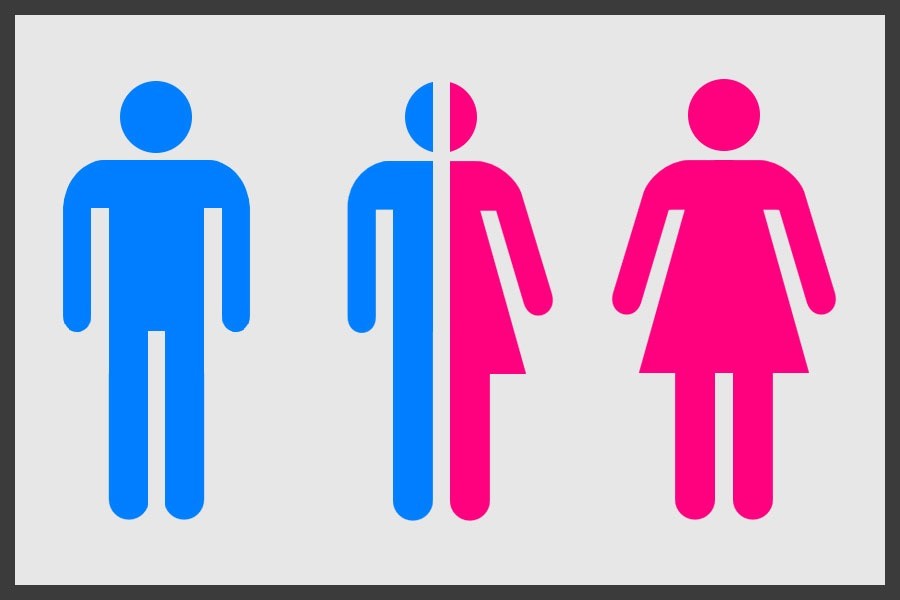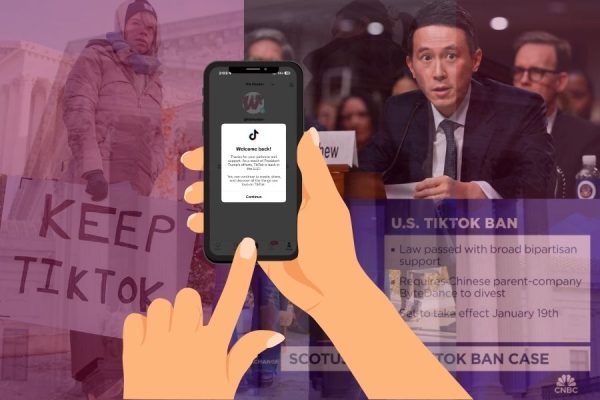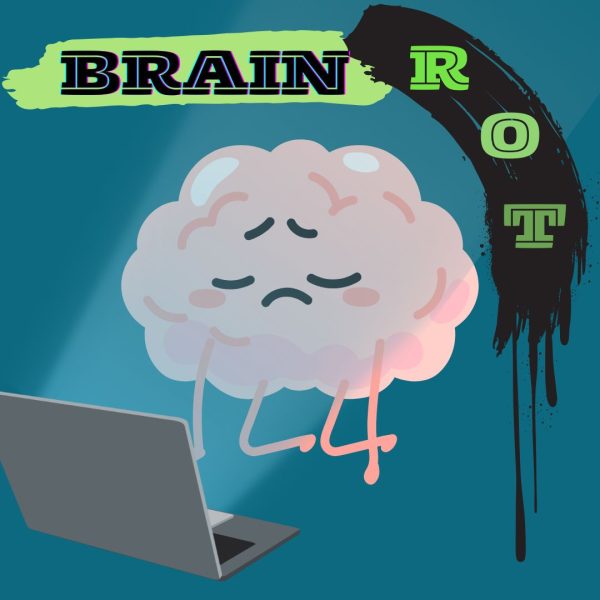Fighting towards bathrooms for everyone
It is time to say goodbye to bathroom environments that are unsafe for transgender people and hello to gender-neutral bathrooms.
For most people, going to the restroom is nothing more than a routine. Women use the women’s room and men use the men’s room- simple as that. However, this routine is unfortunately a bit more complicated for transgender people or even gender nonconforming ones. For them, a simple task, such as using the restroom can, turn into an opportunity for ridicule and discrimination. As a basic human right, it’s absolutely fair for them to be able to use the restroom without feeling discriminated against.
A National School Climate survey found that 63.4 percent of transgender teens avoid bathrooms in total due to their fear of getting verbally or physically harassed. Representatives right here in Wake County are taking a stand in ending this bullying. In these next years, their goal is to create a specific protocol for how to handle situations like these, as well as how to accommodate transgender and gender nonconforming students in public bathrooms and locker rooms to ensure their safety.
Some of the biggest obstacles facing the gender-neutral bathroom movement today are the ideas of those who believe in traditional segregation of female and male facilities. These thoughts are significant reasons why many are opposed to creating gender-neutral bathrooms. Dean Spade, a transgender lawyer based out of New York, addressed many of these possible situations gender-neutral bathrooms may encounter in the Sylvia Rivera Law Project. Some of the points brought up were concerning how women may feel uncomfortable in gender-neutral bathrooms with a man, which ultimately has no effect on them if that man identifies as a female. It is really nothing different than how bathrooms already function.
Until people can truly make bathrooms gender-neutral, transgender and gender nonconforming people have to rely on their own judgement and tools to determine which bathrooms are safe to use. This process is a serious issue for many. According to the UCLA School of Law William’s Institute, 70 percent of transgender and gender nonconforming subjects “experienced problems” in gender-specific restrooms in Washington, D.C. Can you imagine what it is like to be one of these people in a smaller, less diversely populated city?
According to TheAdvocate.com, Teagan Widmer, a transgender woman, knew the struggle of finding a place she’d be able to use the restroom without ridicule. She had the genius idea to create an app mapping out transgender-friendly bathrooms all over the world, with help from the website Safe2Pee. This was one step towards helping transgender and gender neutral people find safe bathrooms, but still wasn’t able to fully resolve the problem.
While people are creating their own solutions for this issue, it raises the question of why having gender-neutral bathrooms is an issue in the first place. As the world changes and evolves, humans change and evolve, thus creating the need for things that have never existed before. If businesses and public areas would take the first step in labeling one of their single bathrooms as “gender-neutral”, it would start a tremendous movement. While having gender-neutral bathrooms might seem like an unconventional idea to many right now, with what is currently happening in the world there is no doubt that these facilities will become a commonplace practice in the future.











